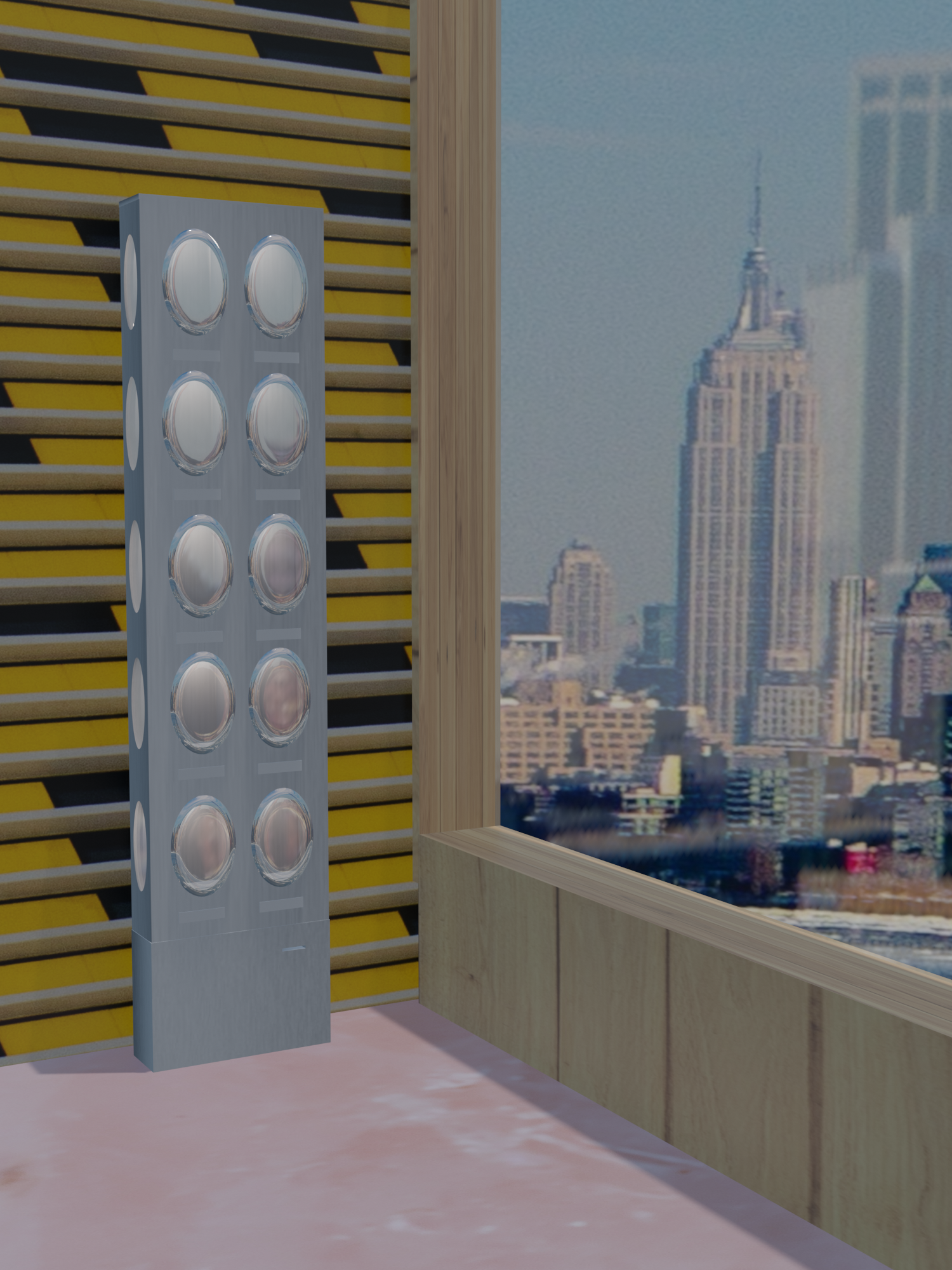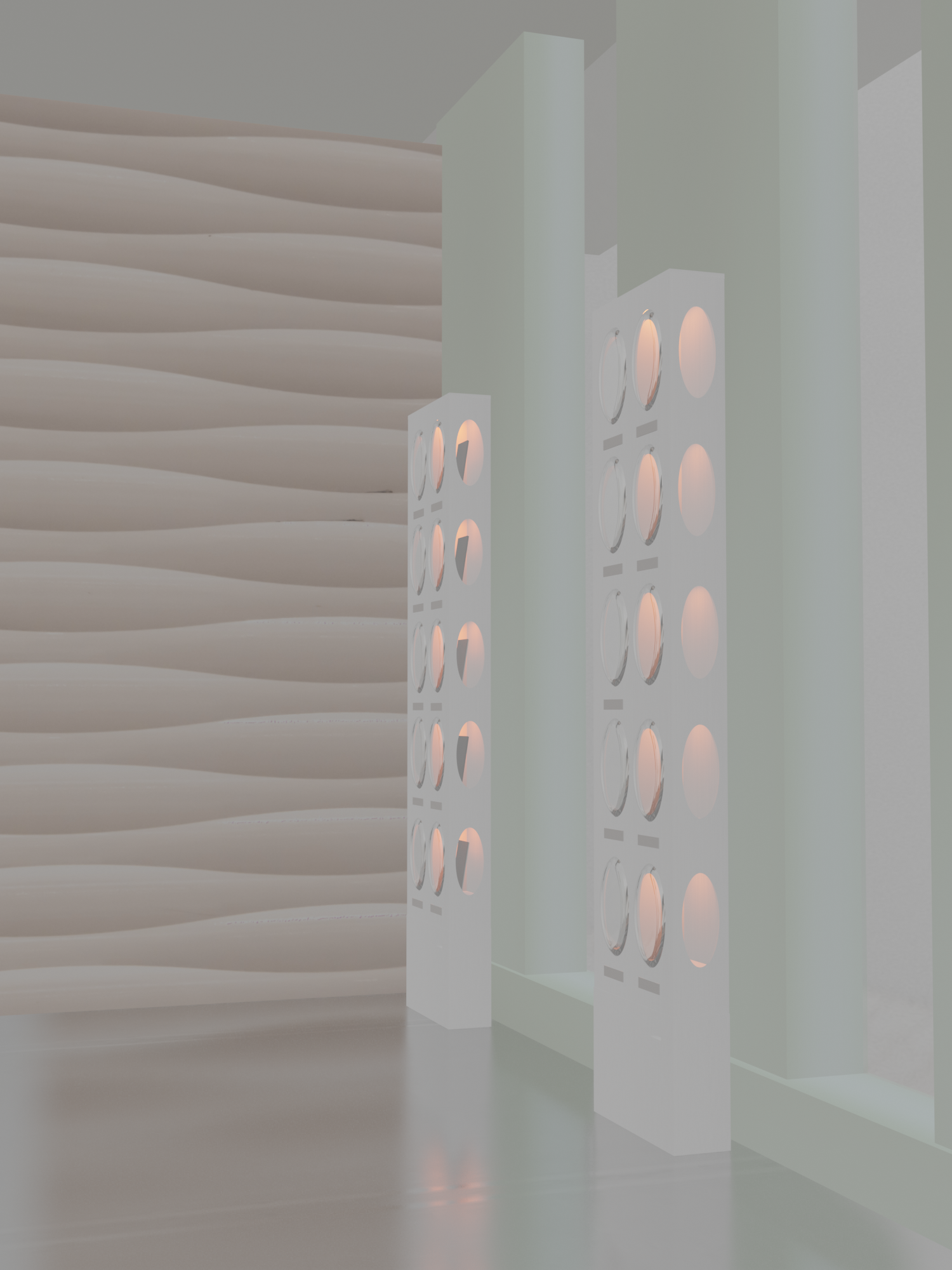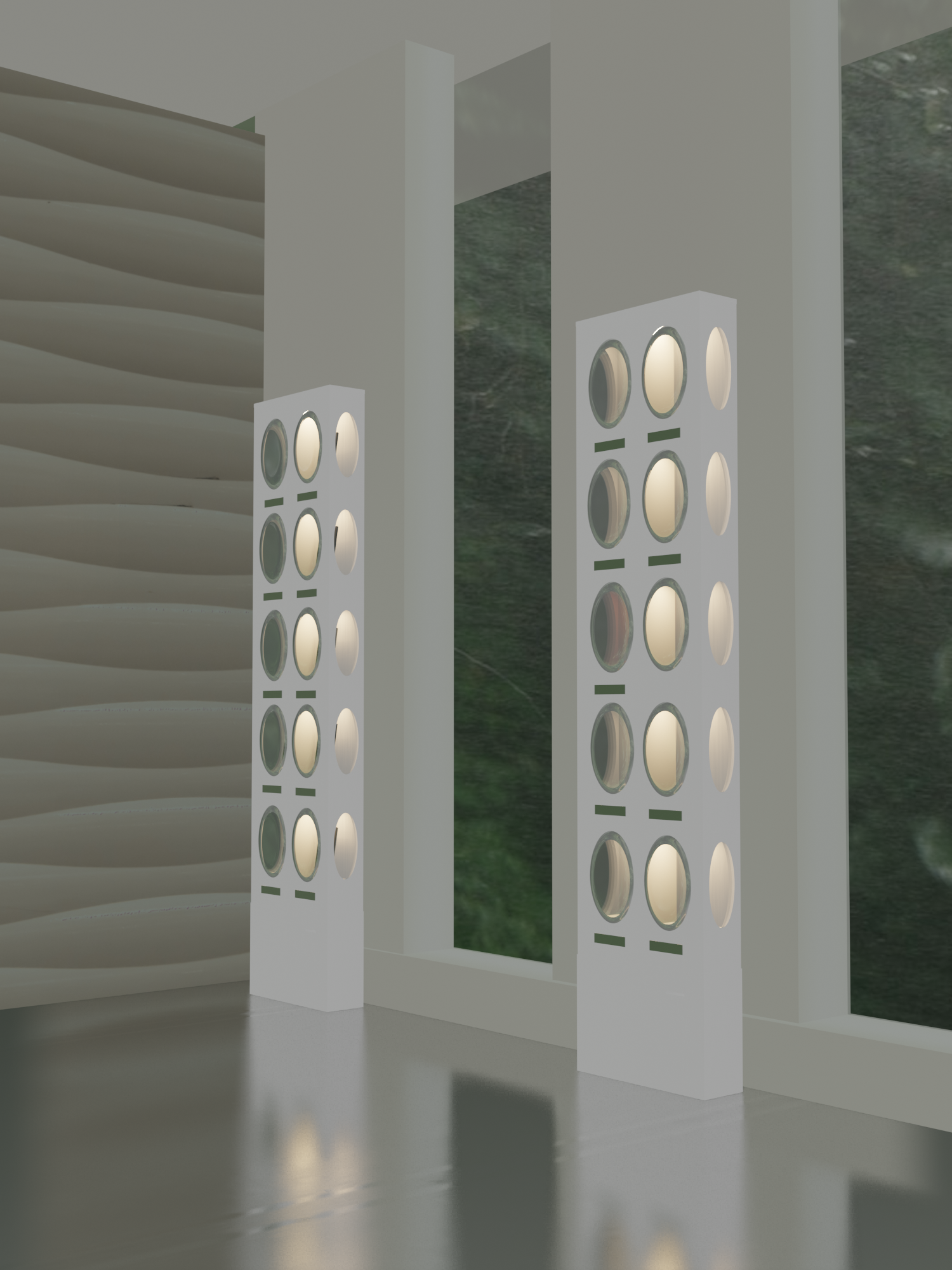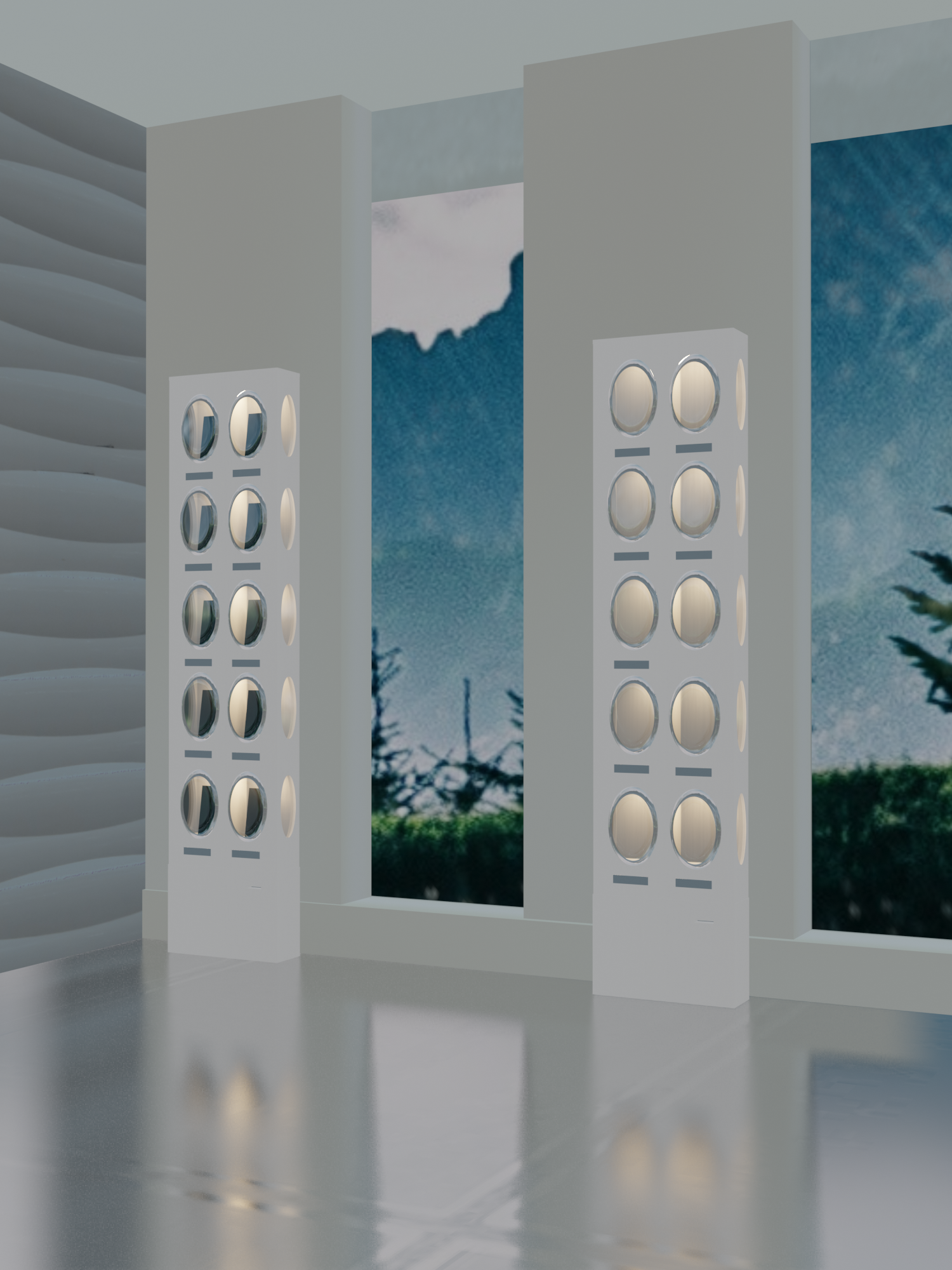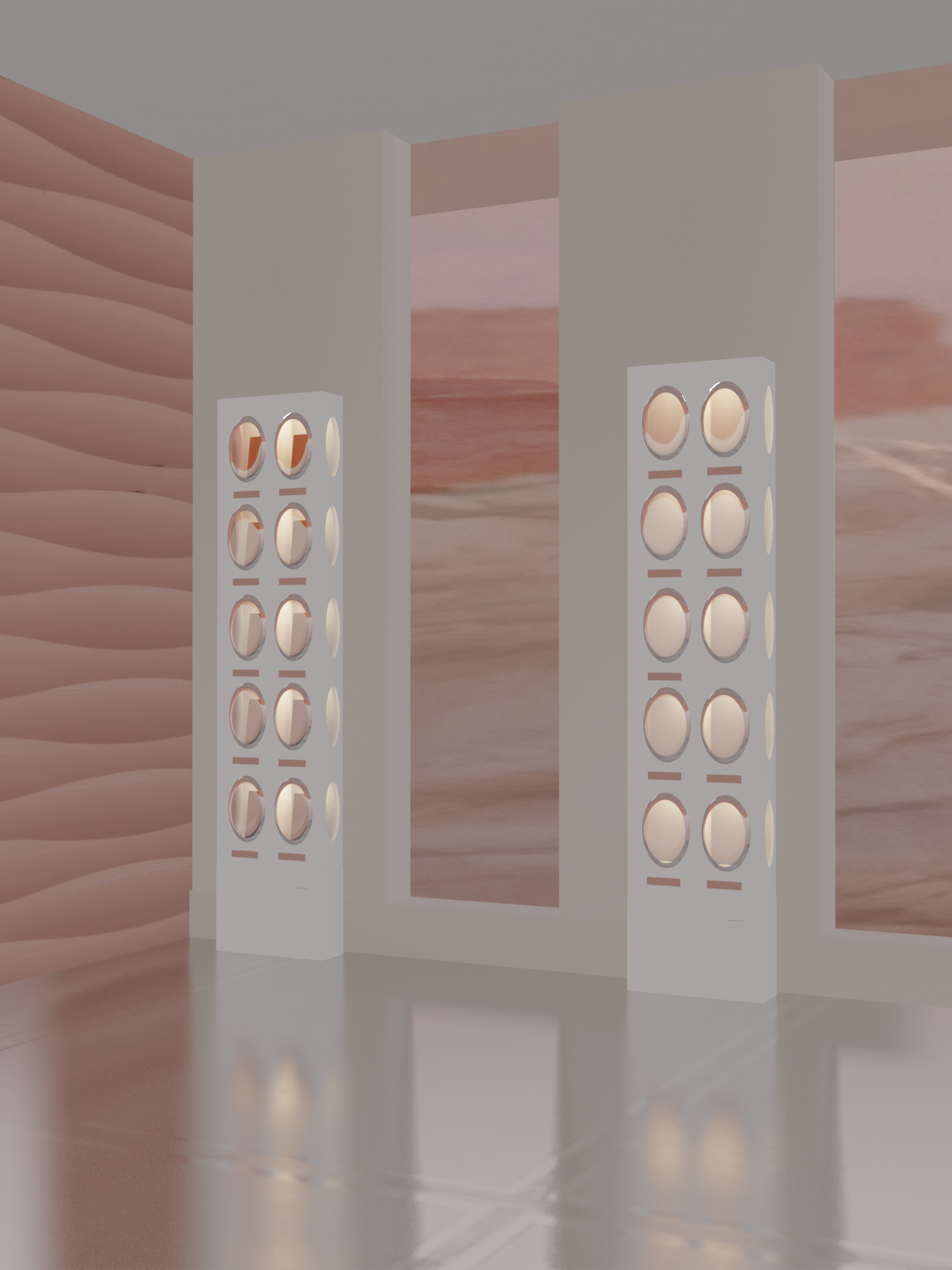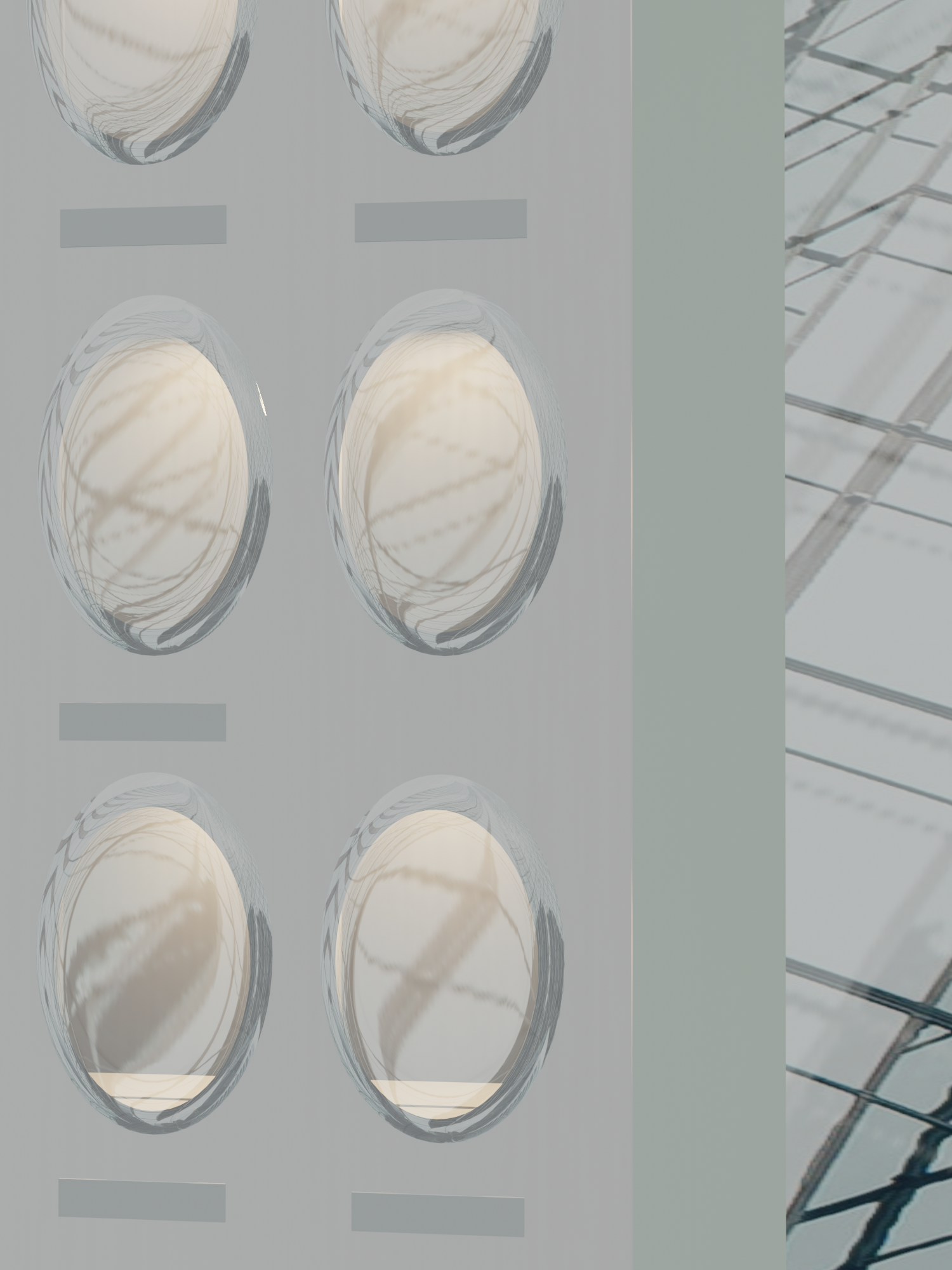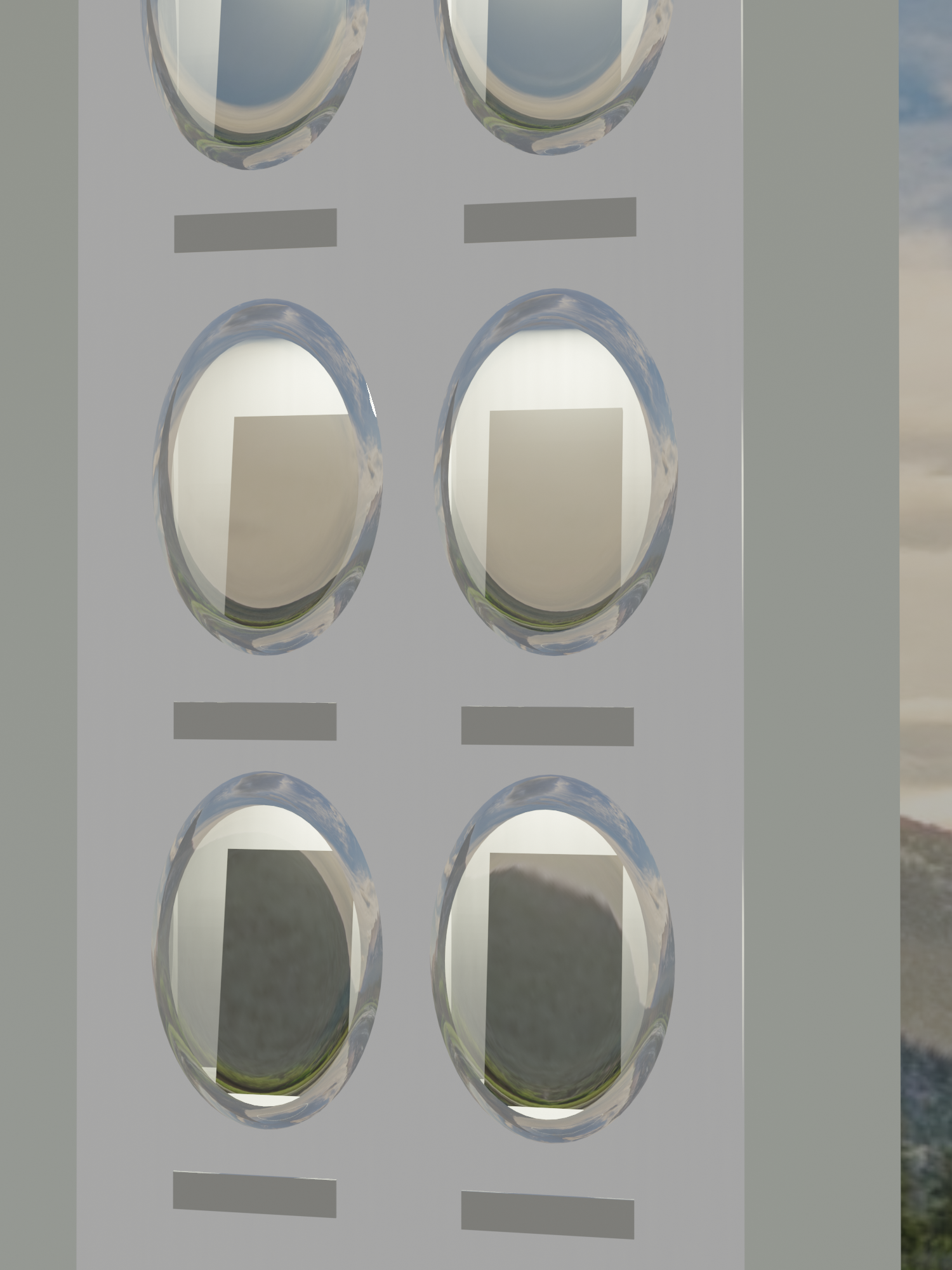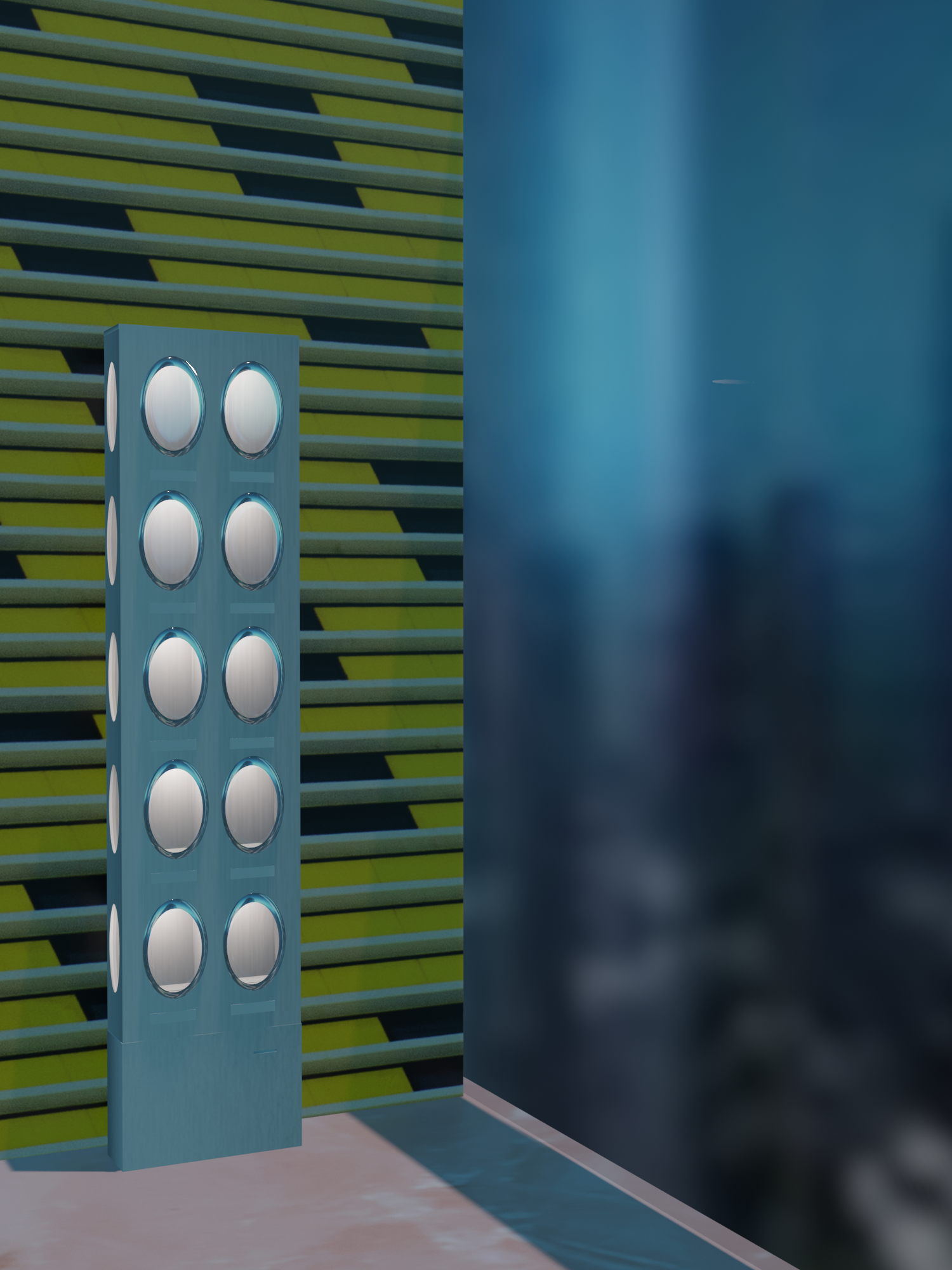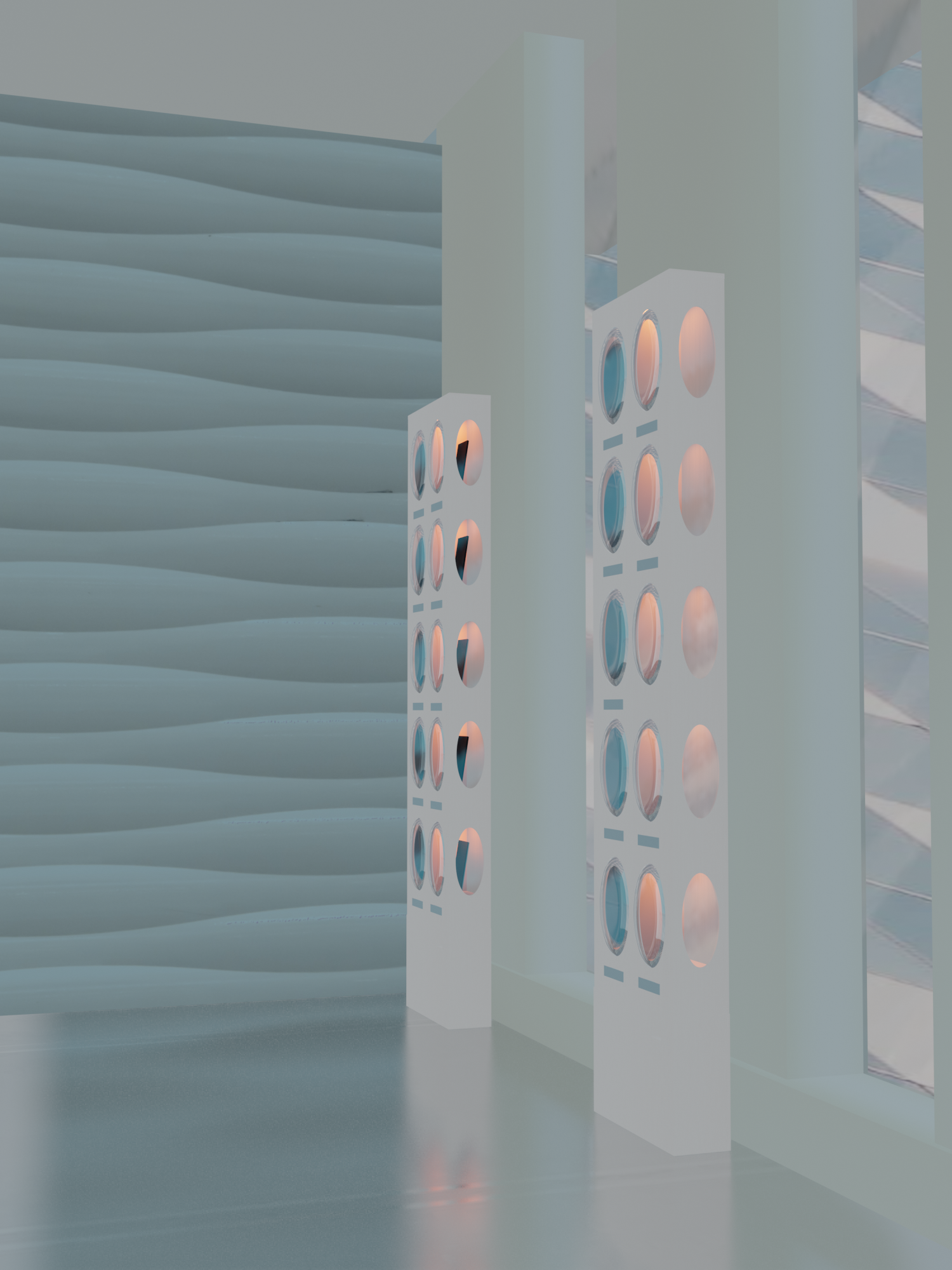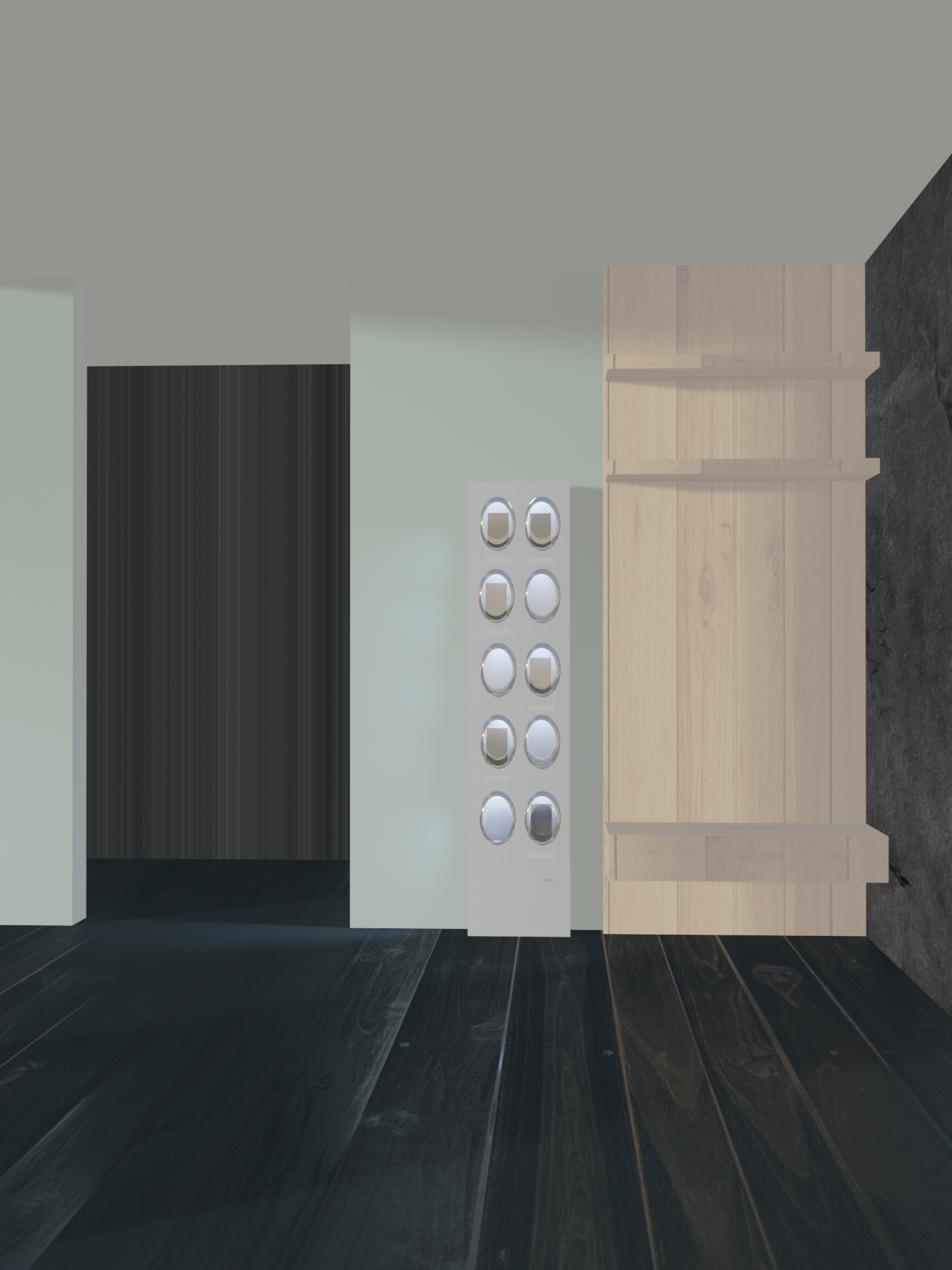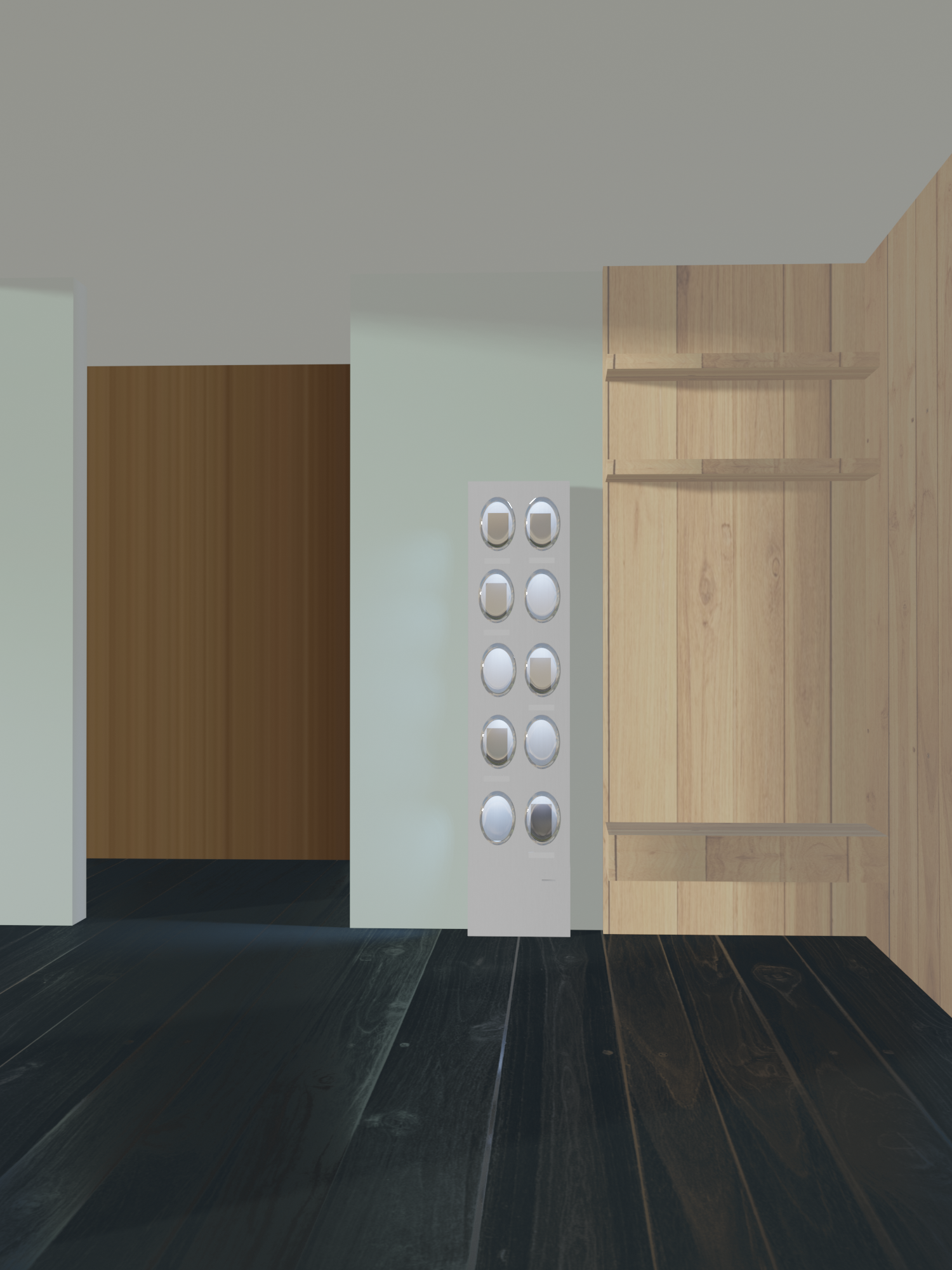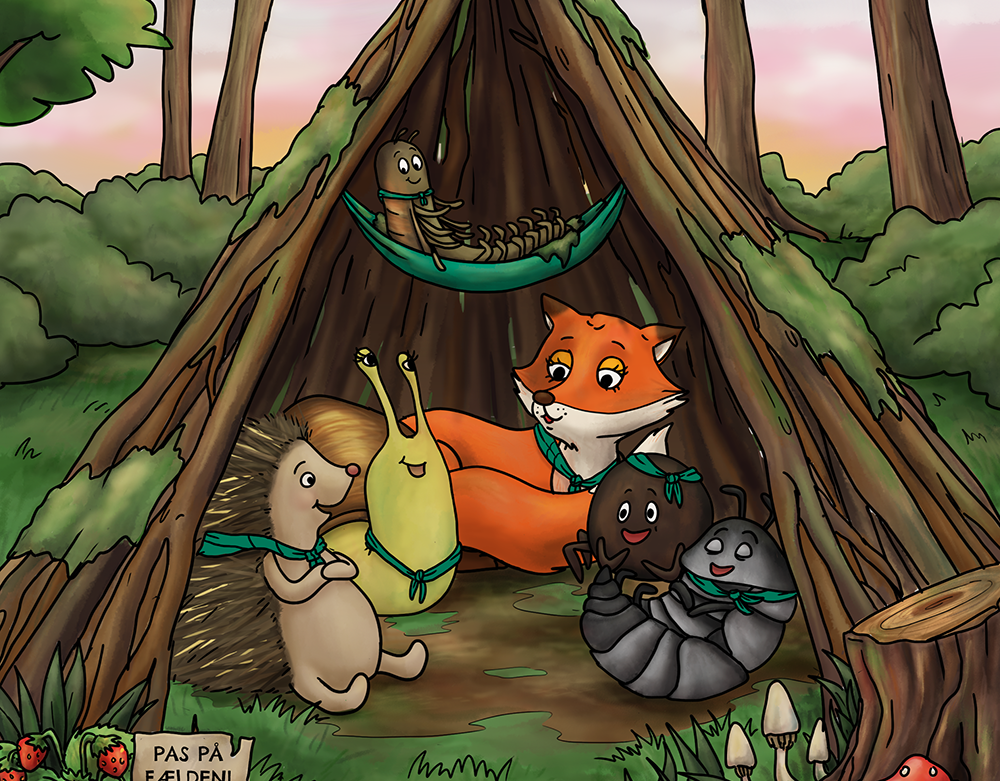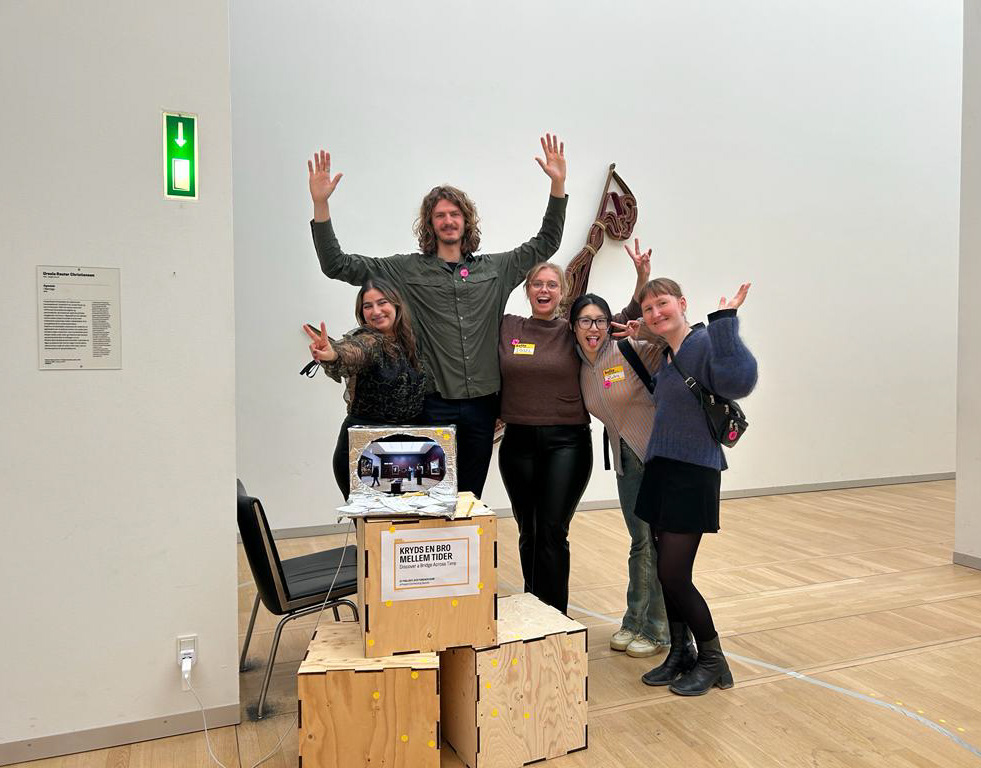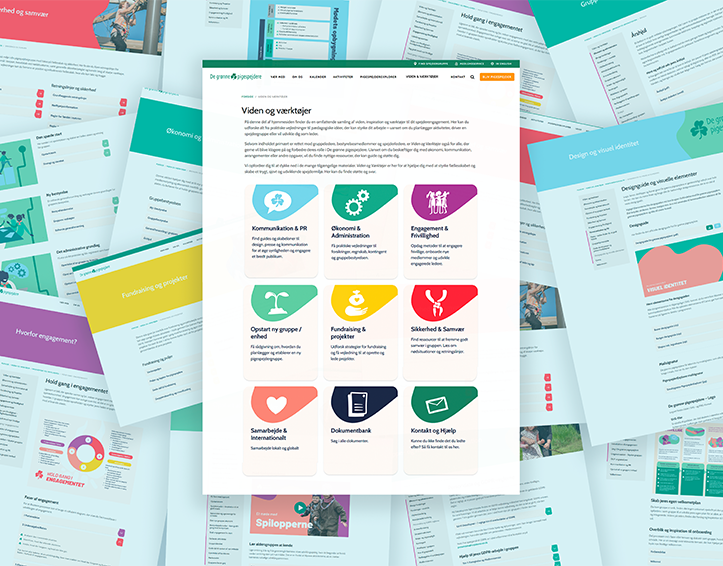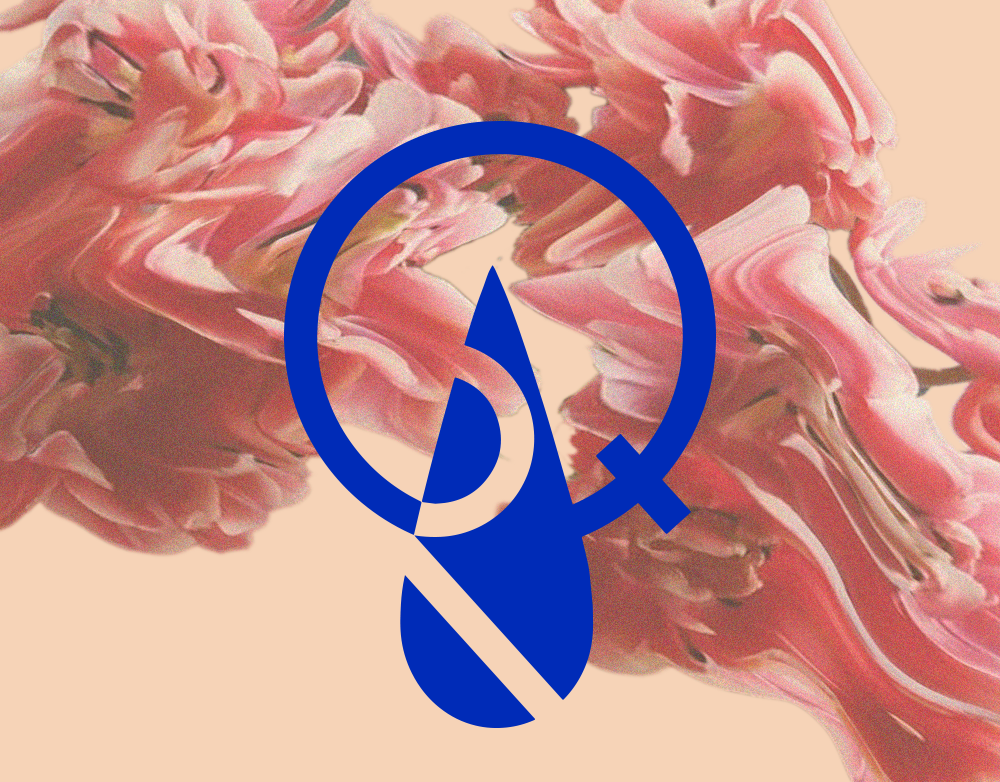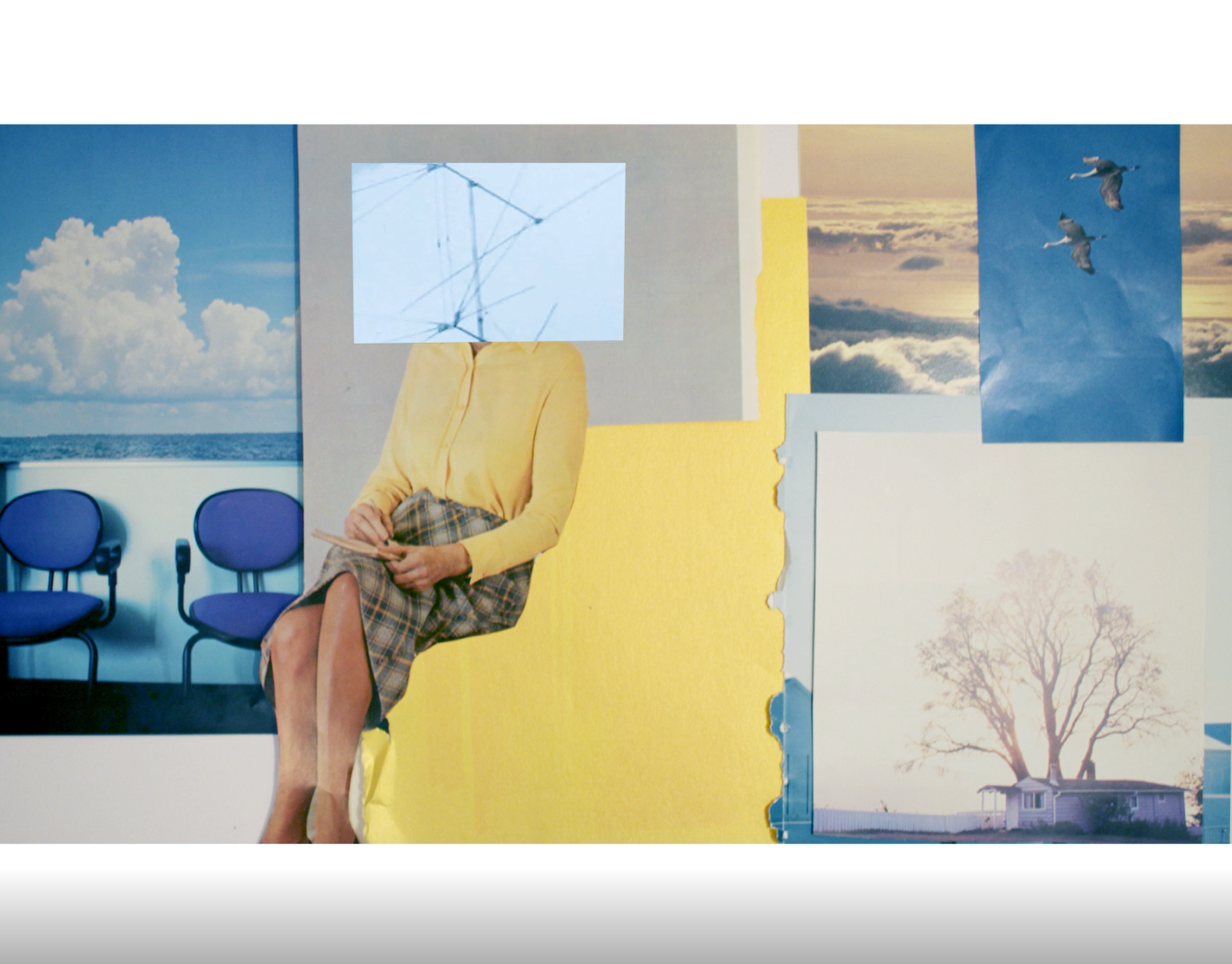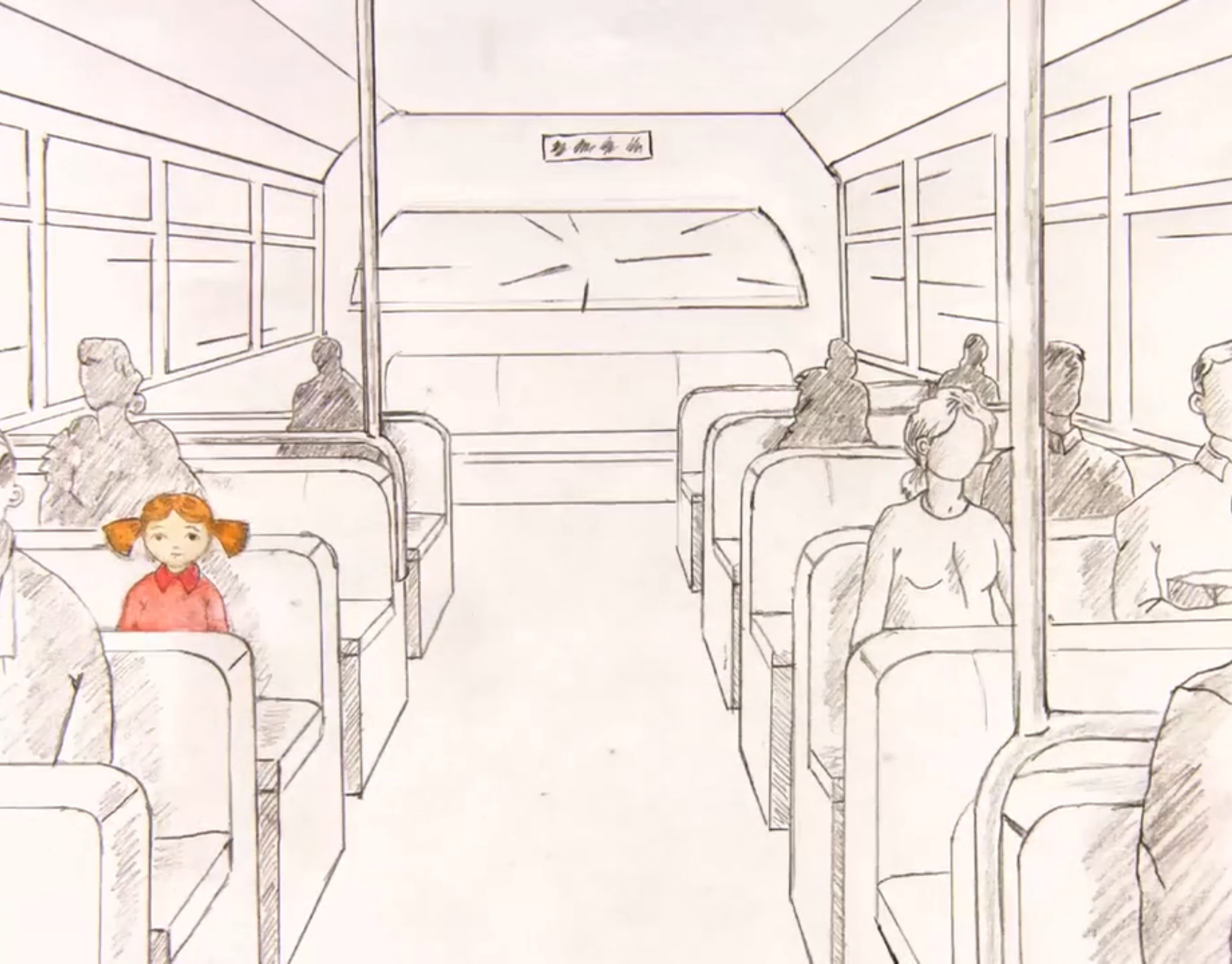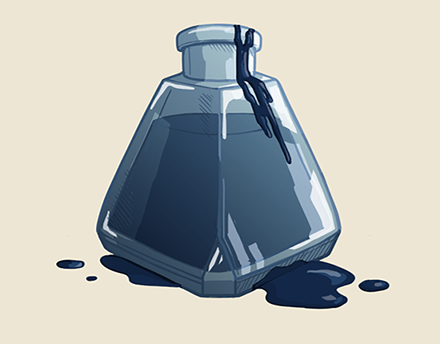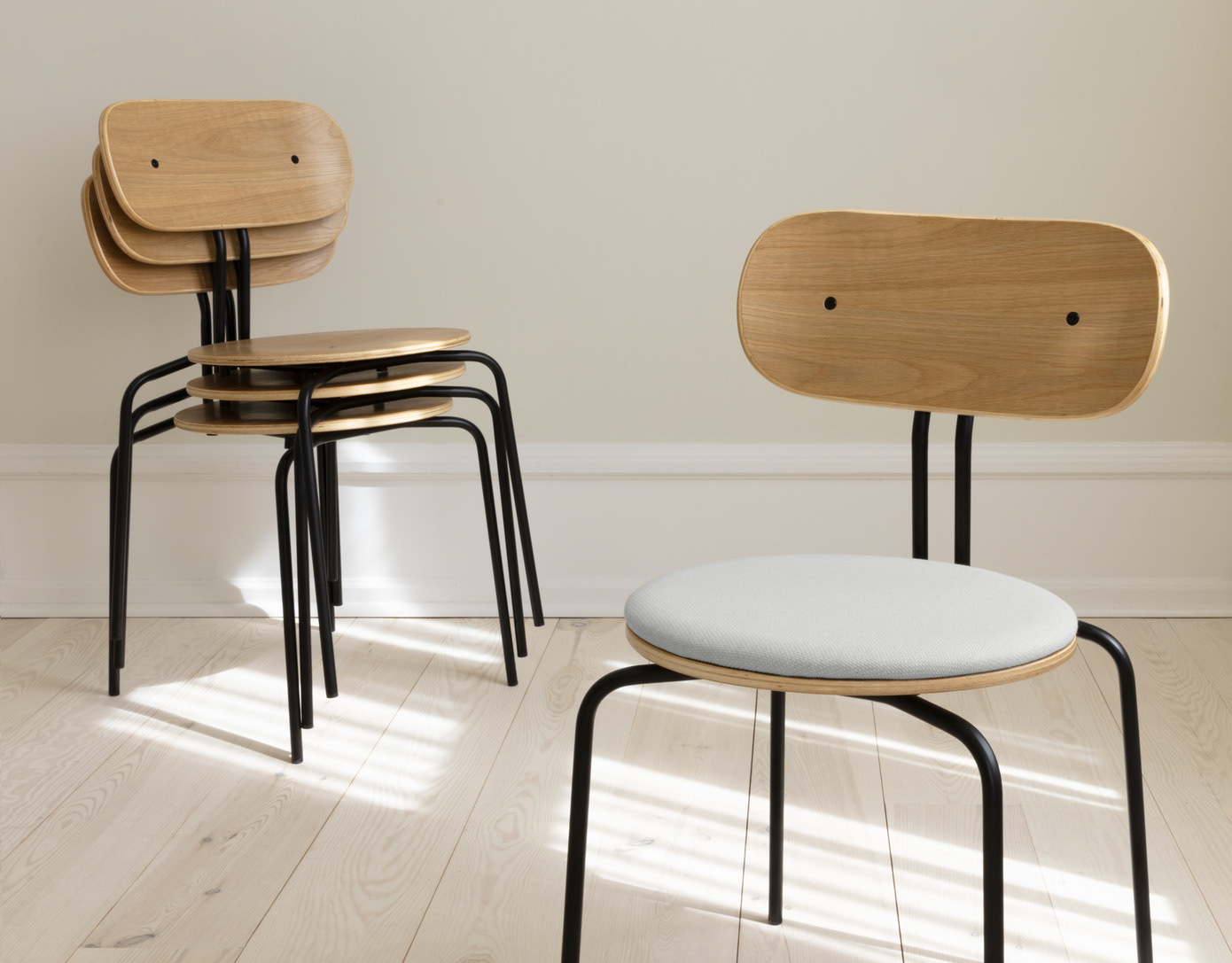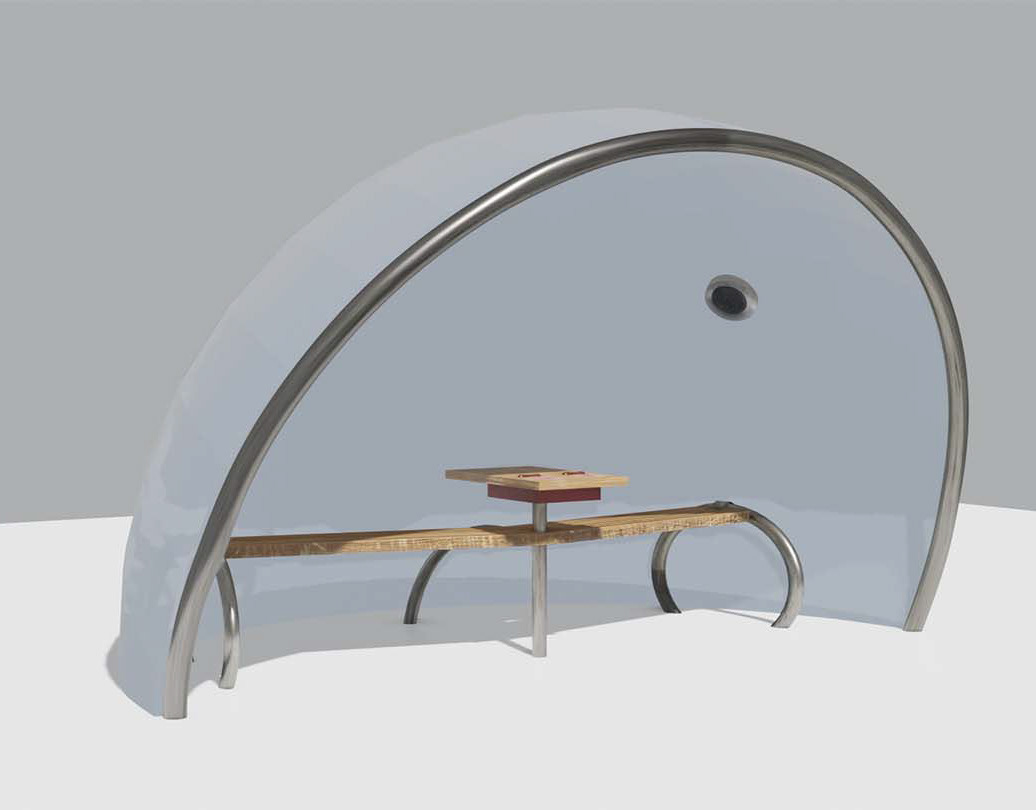Design Fiction.
Designed as part of the BA project in Digital Design.
Designed as part of the BA project in Digital Design.
Aia Kragh
3D modelling, visual Content, layout, concept development, design
Mattias Johansson
Writting, concept development, design
3D modelling, visual Content, layout, concept development, design
Mattias Johansson
Writting, concept development, design
The design/prototype is a fictional lifestyle article set in the year 2035. The article portrays three different user situations of the tech furniture called ”Efterskabet”.
Efterskabet is a design fiction method to explore how rituals may be incorporated into designs in the future and create an object for a conversation about the lack of materiality in social technology. It also raises questions about green washing and technological solutionism.
The design and article were created as part of my BA project in Digital Design at Aarhus University together with Mattias Johansen. We shared most of the process, including how the design should function and look. We created the concept of the article together including the story but worked individually on some parts. I made the renderings and visualizations of the design, while Mattias wrote the article.
“Efterskabet” is a digital cabinet where you put your old/no-longer-in-use smartphones on display. After a while, the cabinet will alert the user that a phone has expired commanding the person to throw it away.
I have created a short podcast episode about furture design and Efterskabet. It is in danish, but if you want to listen click the soundcloud button below.


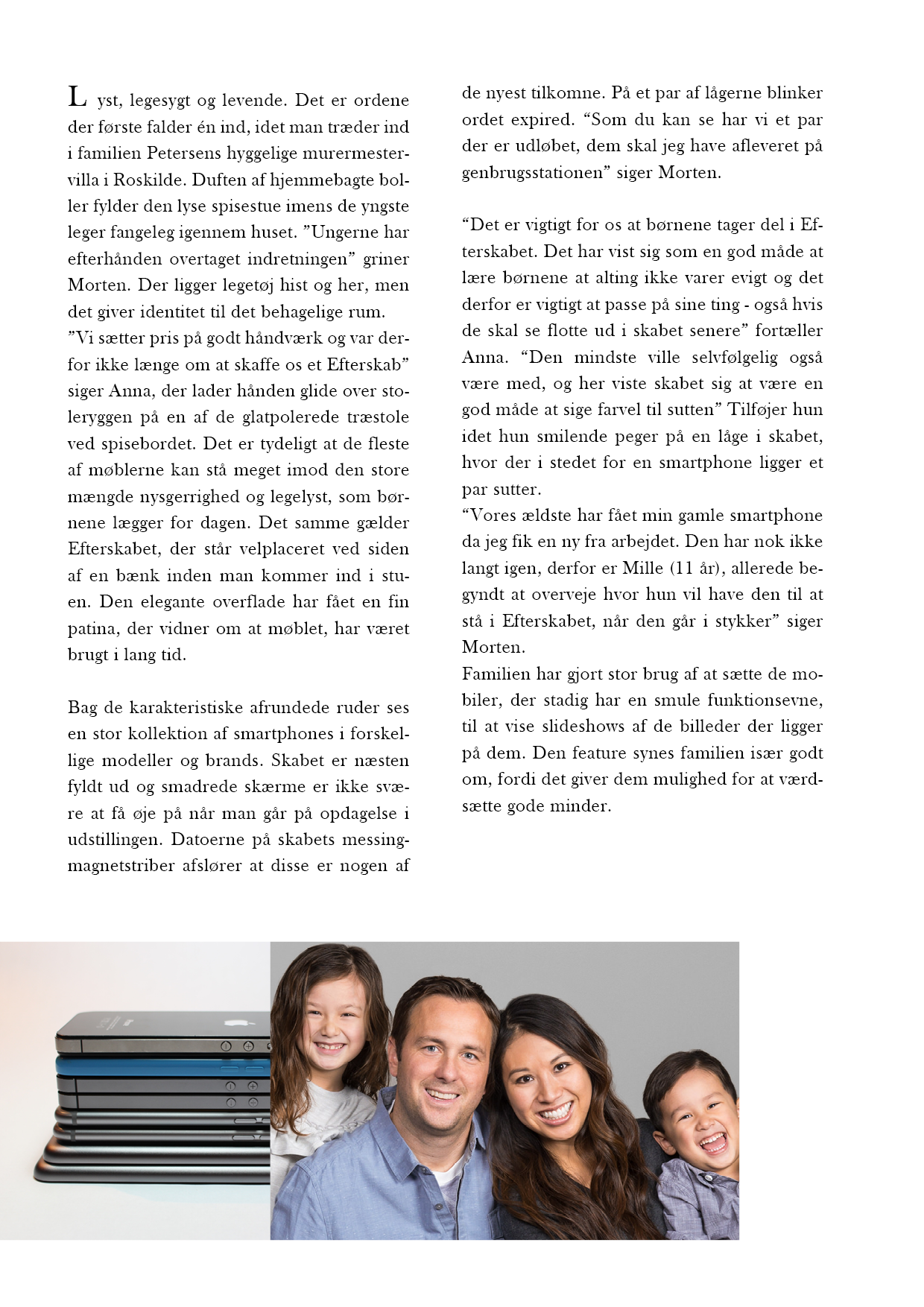

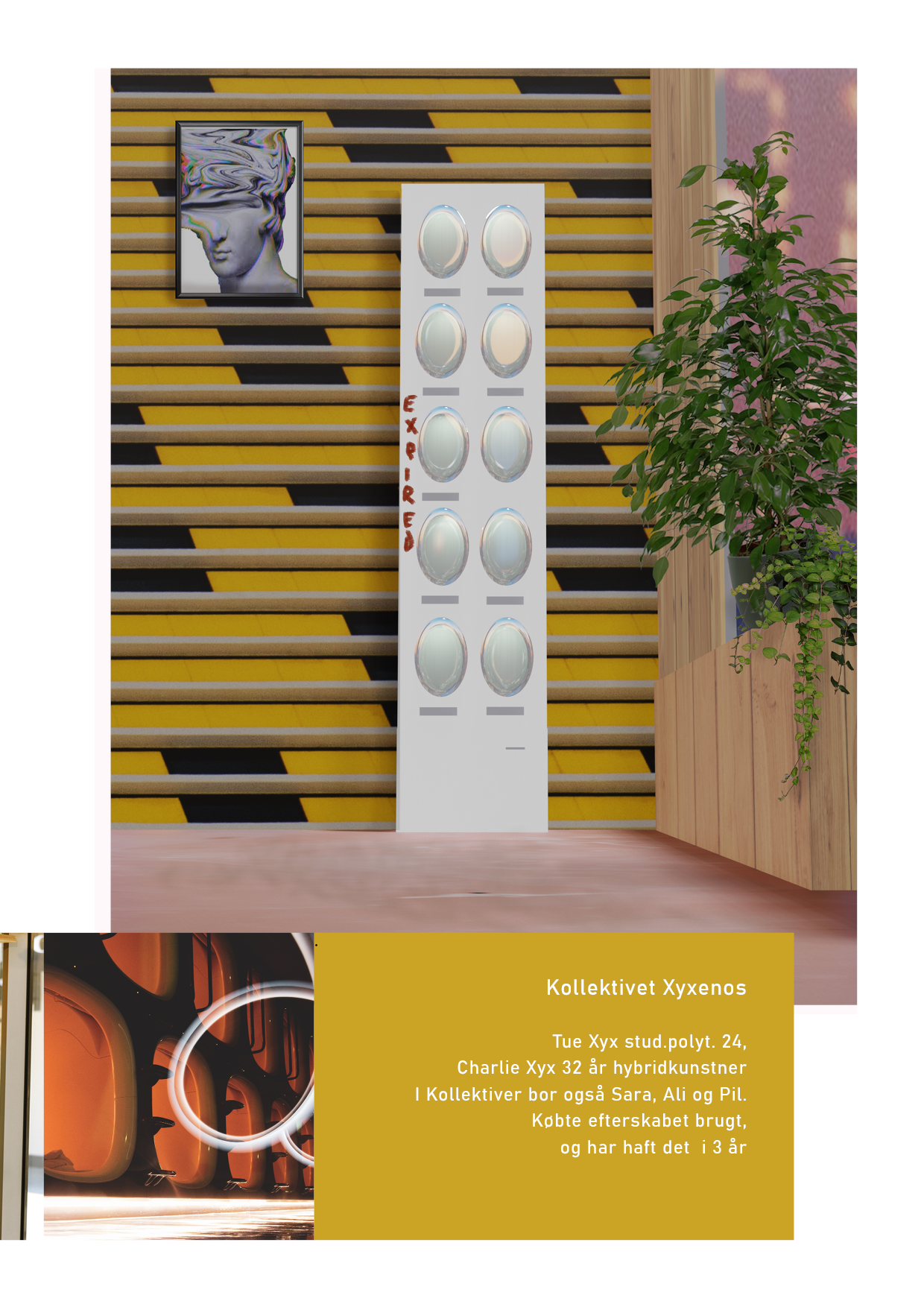


what is Efterskabet?
The design of Efterskab 2.0 is a rectangular digital cabinet with a surface made of durable, bright metallic material. On the front of the cabinet, there are 10 oval curved doors made of a glass-like digital material. Built into each door is a timer set to approximately 2 years, and when the time expires, the word "expired" lights up in red on the respective door as an indicator that the smartphone behind the door has expired. This feature serves as a reminder for users to send the smartphone for recycling.
On the side of the cabinet, there are also oval glass windows through which the phones can be seen. Behind each door, there is a compartment for placing one smartphone. The exhibited smartphones are automatically connected to power, and if they are still functional, a slideshow of the images on the hard drive is displayed on the smartphone.
The cabinet can be remotely controlled through a smartphone app, which, in addition to opening windows, controlling light and slideshows, can initiate the built-in printer of magnetic brass plates located in the lower part of the cabinet. On these plates, users can write the smartphone's model name, acquisition and insertion date and place it under the door corresponding to the smartphone the information relates to.
The first cabinet, version 1.0, was released in 2025. As part of the narrative, a growing global resource scarcity led to legislation requiring companies to contribute to the country's climate goals. Consequently, the company behind the cabinet launched Efterskab 2.0 in 2027, introducing the 'expired' feature.
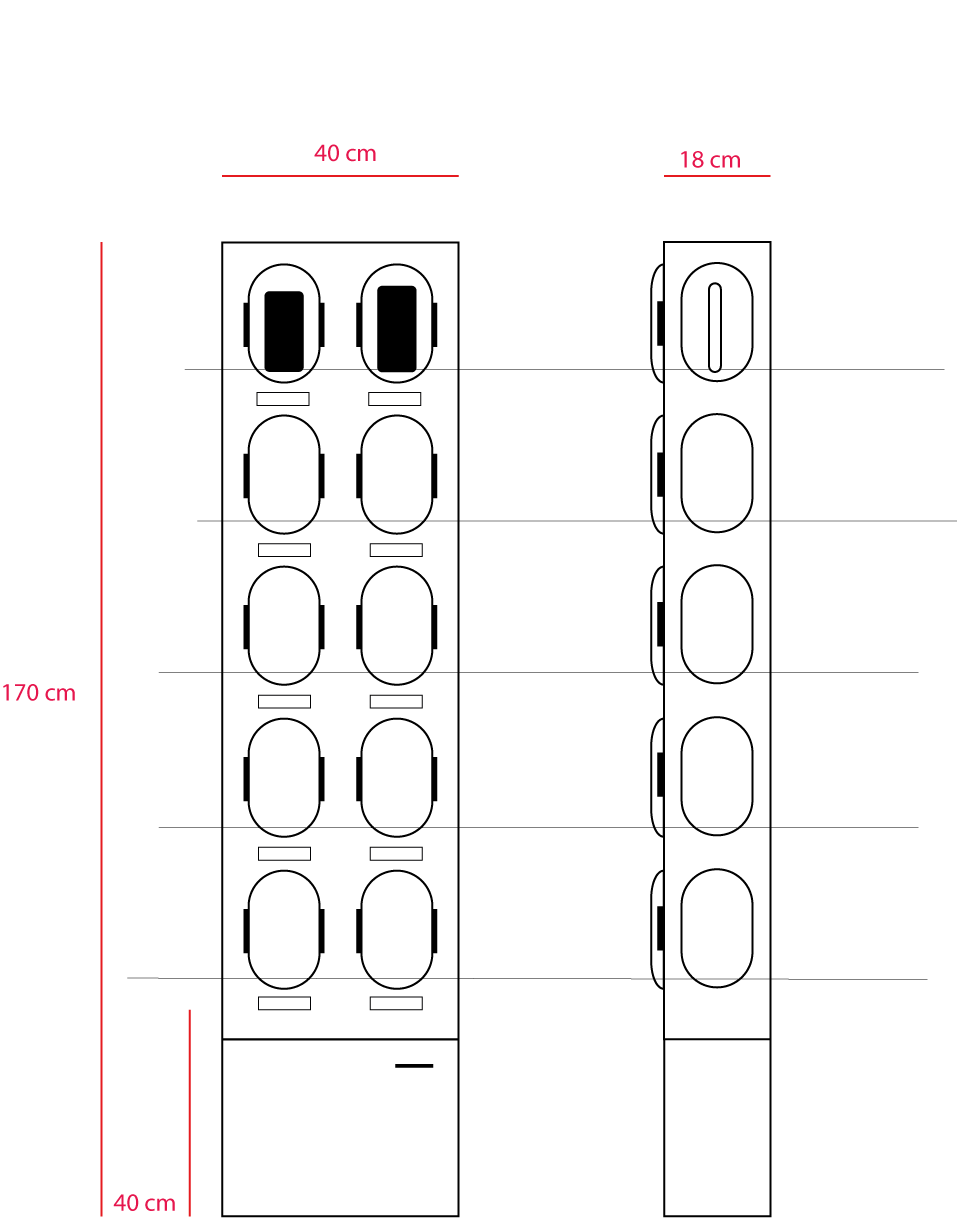
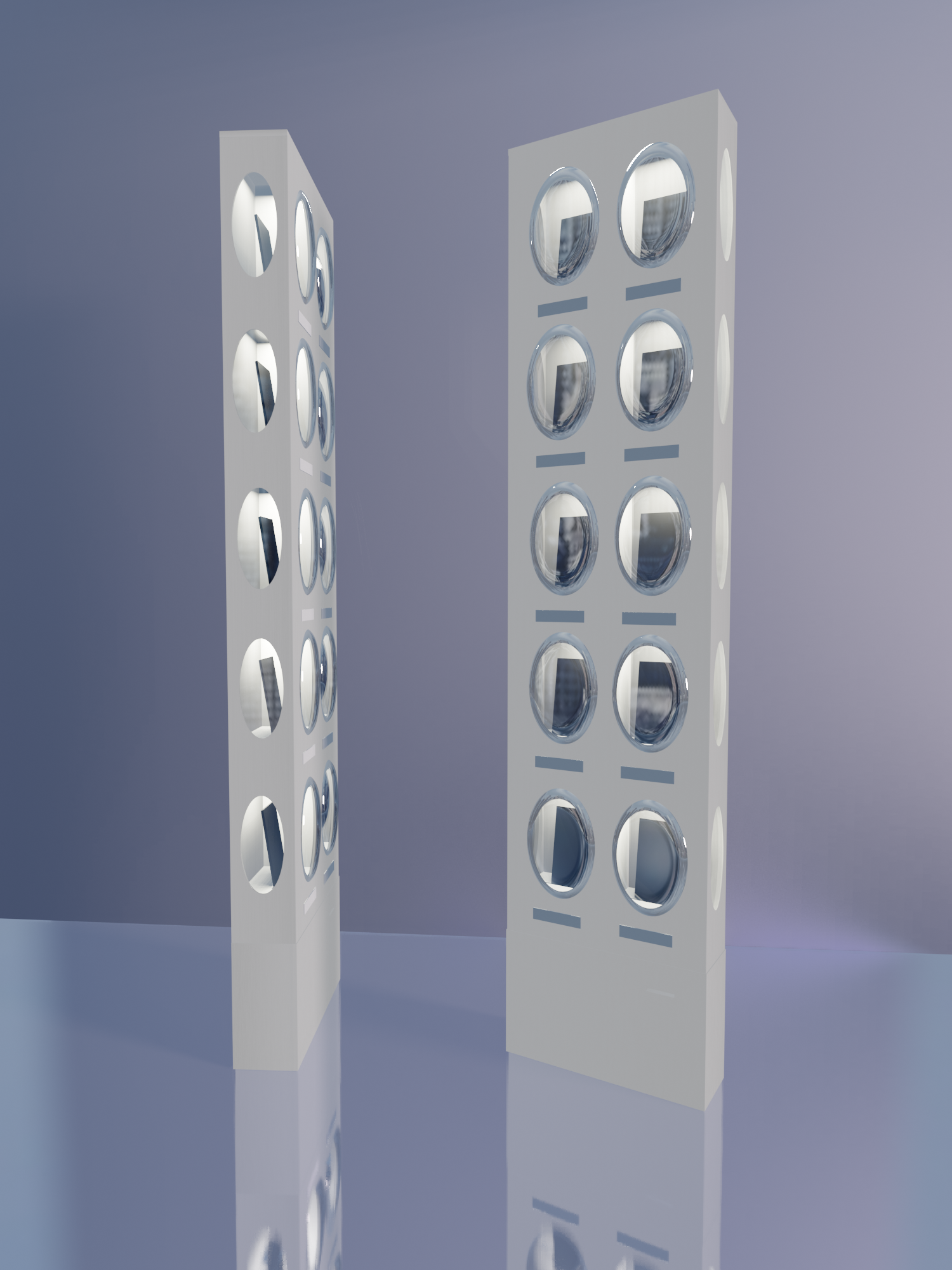
A study of light and composition
